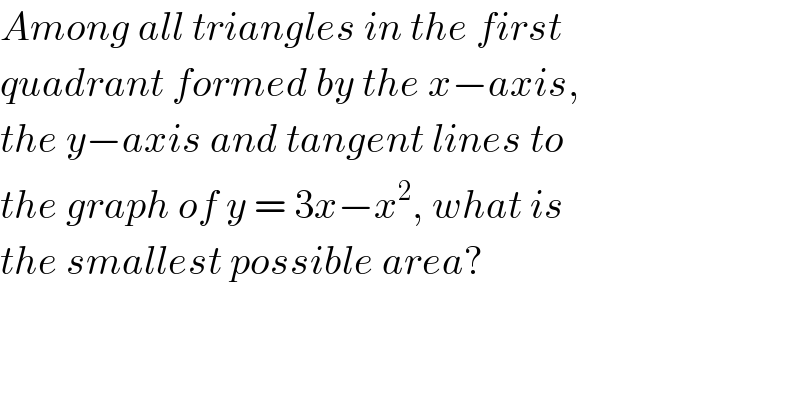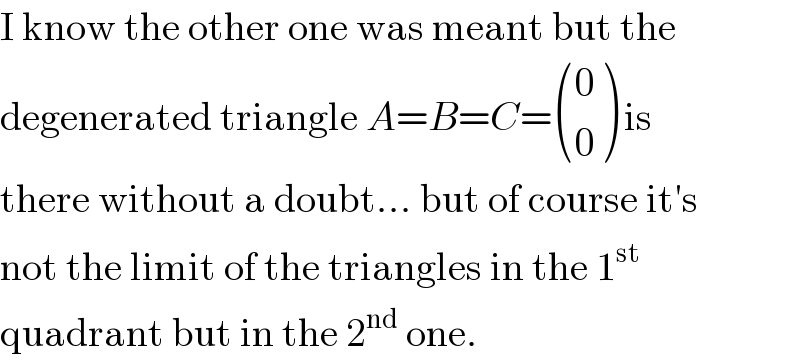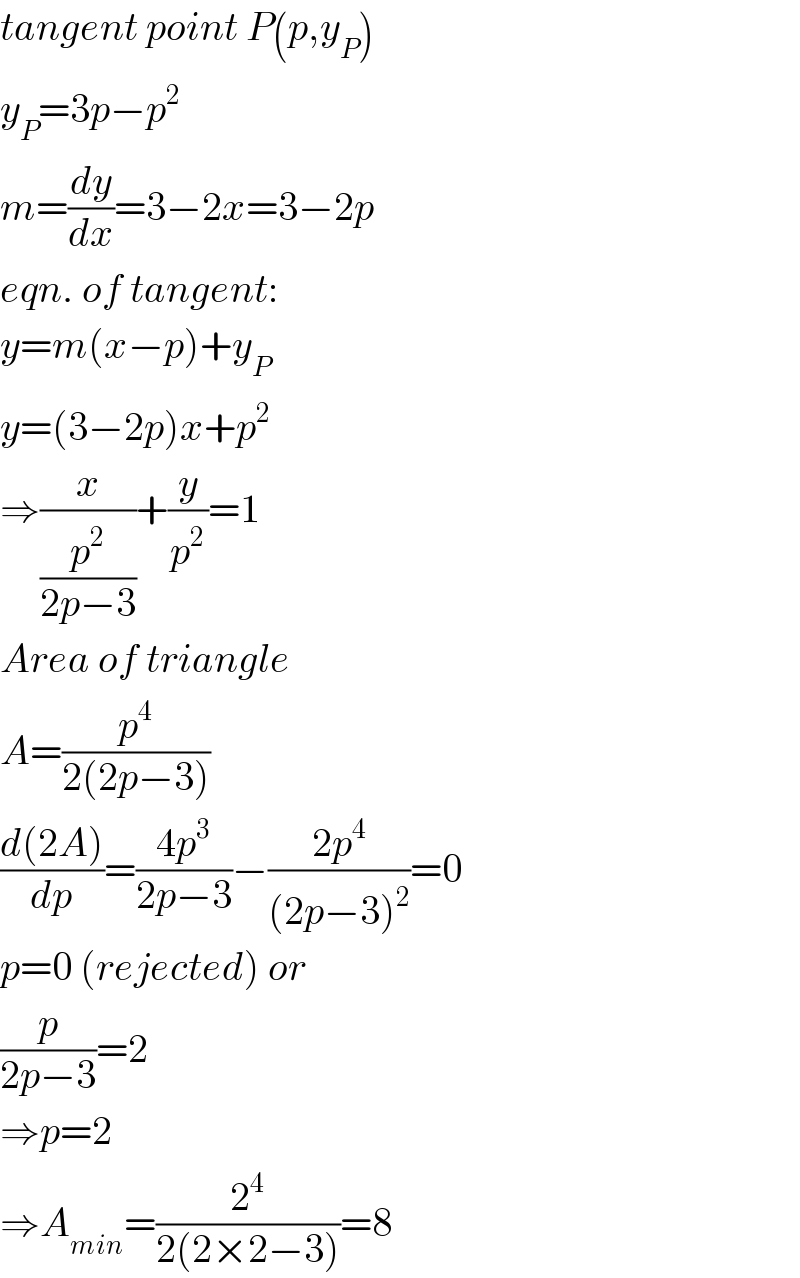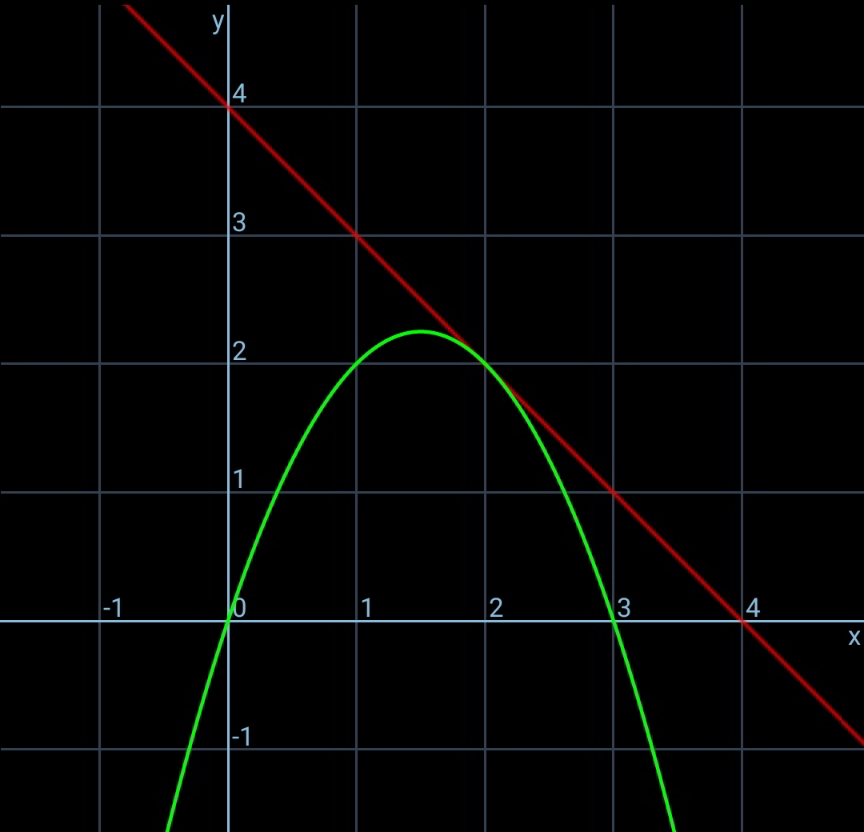
Question and Answers Forum
Question Number 123817 by benjo_mathlover last updated on 28/Nov/20

Answered by MJS_new last updated on 28/Nov/20

Commented by benjo_mathlover last updated on 28/Nov/20

Commented by MJS_new last updated on 28/Nov/20

Answered by mr W last updated on 28/Nov/20

Commented by mr W last updated on 28/Nov/20

Commented by benjo_mathlover last updated on 28/Nov/20

